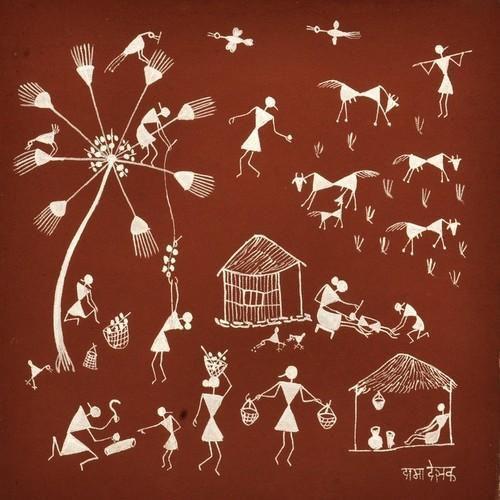Painting Digitally- A Software Guide
- CAMI Info
- Dec 16, 2022
- 2 min read
Do you want to be a digital artist, but don’t know where to start? Perhaps you’ve done a Google search before, but felt overwhelmed by all the information available that might be a little too extra, to begin with, or intimidated by the assumptions of what you might already know. We’ve put together this comprehensive guide to explain everything you need to know to get started.
Here's the ultimate step-by-step guide to becoming a 21st Century digital painter and choosing the right software to begin your creative adventure.
But before we dive into the software for making a digital masterpiece, let us understand what digital painting is.

Digital painting is a new medium that lets us create beautiful artwork, without the messiness of painting with inks or oils. It still requires many of the same skills and techniques as traditional painting (no, you can’t just create art at the click of a button… yet), but it’s also easier in many ways.
Let us begin, with a list of software that will help you start this journey.
1) Adobe Photoshop - If you want to be a professional artist and yet start at the beginning, this is it for you. It is compatible with every device and is easy to use once you get a hold of it. It is the most powerful software available for painting, and because it’s become the industry standard you’ll find the most training & lessons on it.
2) Krita - It is a free and open-source alternative to Adobe Photoshop. It’s not quite as powerful, though it’s certainly good enough to get started if you’re on a limited budget. This might not be suitable for a professional but is a good place to start.
3) Procreate - Procreate has been taking the art world by storm in the last few years. It’s very lightweight and easy to use, and while it’s lacking some of Photoshop’s features, more are being added to it all the time. Unfortunately, it’s compatible with iPad only.
4) Corel Painter- It is paid software with high-class features and a complex set of tools. This might not be the ideal software for beginners because all the tools might overwhelm you and put you in a rabbit hole.
5) Glimp - It is free, open-source software, with easy functionalities and understandable tools. Although this does not have as many features as the other software, can be used at beginner levels. But once you wish to paint professionally, you will have to switch to more advanced software.
At the end of the day, picking your software is a matter of preference. With enough practice, you’ll be able to create professional-looking artwork with any software. You need to start somewhere and this guide will make it less complicated for you.
HAPPY PAINTING!




Comments